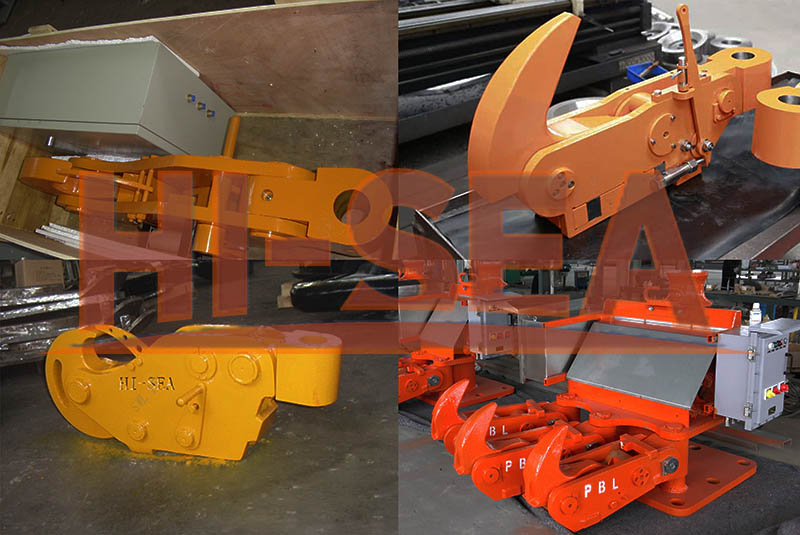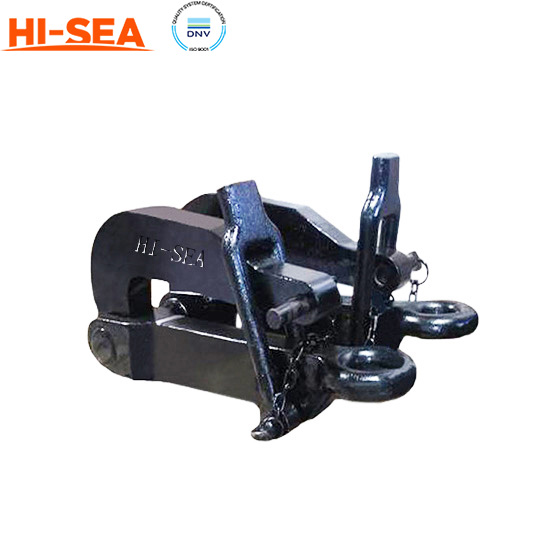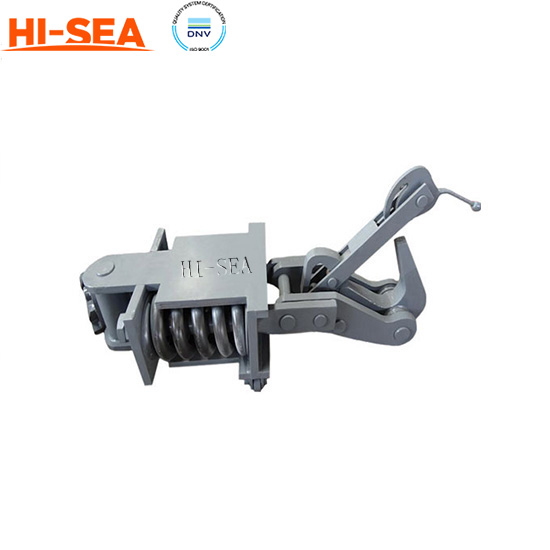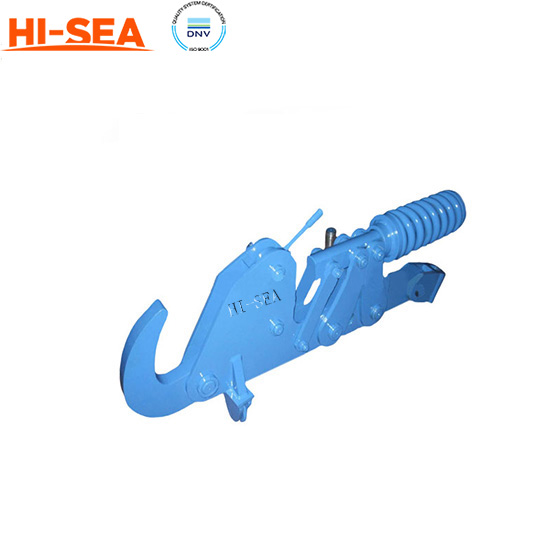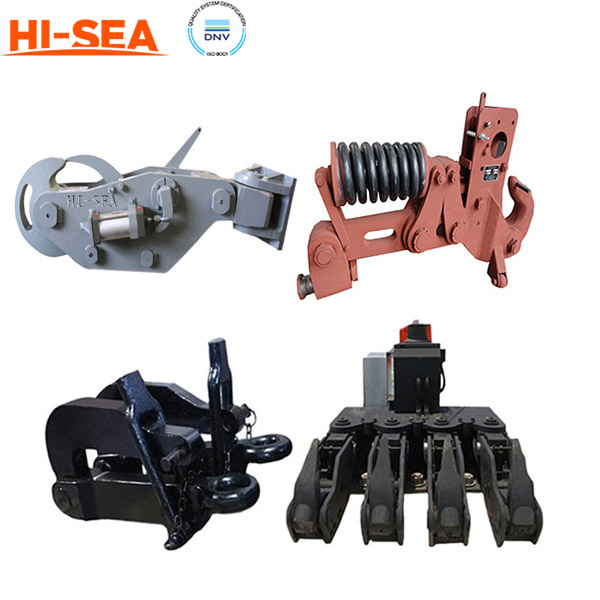MARINE & OFFSHORE EQUIPMENT
- Dredging Equipment
- Marine Deck Machinery
-
Marine Mooring Equipment
-
Marine Anchor
- AC-14 HHP Anchor
- Admiralty Anchor
- Beldt Stockless Anchor
- Bruce Anchor
- Spek Anchor
- Danforth HHP Anchor
- Delta High Holding Power Anchor
- GB11579-89 Light Weight Anchor
- Hall Anchor
- High Holding Power Mastrosov Anchor
- Hot Dip Galvanized Anchor
- Japan Stock Anchor
- JIS Stockless Anchor
- Pool Anchor
- Single Fluke Anchor
- Stainless Steel Anchor
- Stevpris MK5 Anchor
- Stingray Anchor
- US Navy Stockless Anchor
-
Marine Anchor Chain
-
Marine Shackle
- Kenter Shackle
- D Type Joining Shackle
- Pear Shaped Shackle
- Anchor Swivel Shackle Type A
- Anchor Swivel Shackle Type B
- Buoy Shackle Type A
- Buoy Shackle Type B
- C Type Detachable Connecting Link
- D Shackle
- Forelock Shackle
- Anchor Chain Swivel Group
- Straight Shackle
- Anchor Shackle
- Marine Triangle Plate
- Anchor Chain Swivel
- Anchor Chain Joining Shackle
- Anchor Chain End Shackle
- Slim Kenter Shackle
-
Chain Chaser
-
Marine Bollard
-
Marine Chock
-
Marine Fairlead
-
Marine Chain Stopper
-
Marine Mooring Reel
-
Marine Towing Bracket
-
Mooring Rope
-
Marine Towing Hook
-
Marine Shark Jaw
- Marine Fender
-
Marine Buoy
- Marine Floating Pontoon Dock
-
Marine Anchor
- Aquaculture Equipment
- Marine Outfitting Equipment
- Marine Propulsion System
-
Marine Painting
-
Marine Auxiliary Machinery
- Marine Air Compressor
- Marine Air Receiver
- Marine Sewage Treatment Plant
-
Marine Diesel Generator Set
- Marine Oil Water Separator
- Ballast Water Management System
- Marine Hydrophore
- Marine Calorifier
- Seawater Desalination Plant
-
Marine Oil Separator
- Marine Fuel Oil Supply Unit
- Marine Heat Exchanger
-
Marine Hot Well Unit
-
Marine Incinerator
-
Marine Boiler
-
Marine Valve
- JIS Marine Valve
- DIN Marine Valve
- ANSI Marine Valve
- GB Marine Valve
- CB Marine Valve
- CBM Marine Valve
-
Marine Gate Valve
-
Marine Globe Valve
-
Marine Angle Globe Valve
-
Marine SDNR Valve
-
Marine Angle SDNR Valve
-
Marine Check Valve
-
Marine Storm Valve
-
Marine Butterfly Valve
-
Marine Quick Closing Valve
-
Marine Fire Valve
-
Marine Self Closing Valve
- Marine Valve Accessories
-
Marine Pump
- Marine Centrifugal Pump
- Marine Screw Pump
-
Marine Gear Pump
-
Marine Vortex Pump
-
Marine Ejector Pump
-
Marine Diaphragm Pump
-
Marine Piston Pump
-
Marine Fire Pump
-
Marine Emergency Fire Pump
-
Marine External Fire Pump
-
Marine Ballast Water Pump
-
Marine Fuel Pump
-
Marine Lubricating Oil Pump
-
Marine Bilge Pump
-
Marine Sewage Pump
-
Marine Domestic Water Pump
-
Marine General Pump
-
Marine Cargo Oil Pump
-
Marine Hand Pump
- Marine Pump Parts
- Marine Life-saving Equipment
- Fire-fighting Equipment
- Marine Cable
- Marine Electrical Equipment
- Marine HVAC
-
Labour Protection Appliance
- Marine Decorative Material
-
Marine Anode
- Marine Pipe Fitting & Flange
- Marine Instrument
- Ship Building Equipment
INDUSTRY EQUIPMENT
- Hoisting Equipment
- Welding Machine & Material
-
Cutting Machine
- Container Securing Fitting
- Link Chain
- Container & Storage Equipment
-
Diesel Generator Set
- Other Equipment and Tools
- Petrochemical Equipment
- Fiber Reinforced Plastics
- Polymer Materials
- Environmental Protection Series
- Geo-products and Building Materials
- Metal Mesh
- Steel Grating
-
Earthwork Teeth
-
Turnbuckle
STOCK LIST
Contacts
 Tel:+86-23-67956606
Tel:+86-23-67956606
 FAX:+86-23-67956622
FAX:+86-23-67956622
 Email:manager@cqhisea.com
Email:manager@cqhisea.com
Working Time: 9:00--17:00
Working Day: Monday to Friday Website: www.cqhisea.com

Ship Towing and Mooring Hook
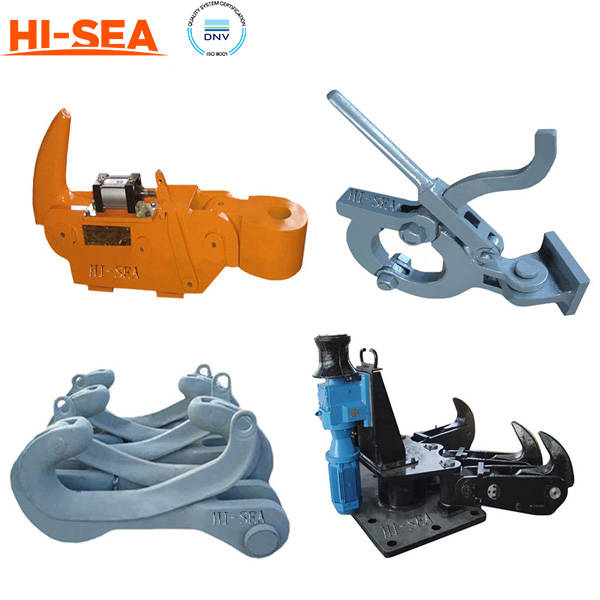
Ship Towing and Mooring Hook
Application:
A marine hook used for ship towing and mooring is a heavy-duty device designed to securely connect a vessel to another ship, a pier, or a mooring buoy. It plays a crucial role in facilitating safe and reliable operations in marine environments. Here is a description of a typical ship towing and mooring hook:
1. Construction: Marine hooks are constructed from robust materials such as high-strength steel or alloy steel to withstand the extreme forces and corrosive conditions encountered at sea. They are typically forged or cast to ensure durability.
2. Design: The hook consists of a large, curved body with a wide throat opening that allows it to easily engage or release a connecting link. The shape of the hook provides a strong connection point and minimizes the risk of accidental disengagement.
3. Safety Features: To enhance safety, marine hooks often incorporate additional features, including a latch mechanism. The latch can be manually or remotely operated and prevents accidental release of the connected link. Some hooks also have load monitoring systems or sensors that provide feedback on the tension and load applied to the hook.
4. Load Capacity: Marine hooks are designed to handle substantial loads and forces. Their load capacity is typically specified by the manufacturer, and it is important to ensure that the hook used is appropriate for the intended application to avoid overloading and potential failures.
5. Surface Protection: Given the exposure to harsh marine conditions, marine hooks are usually coated or treated with corrosion-resistant materials such as galvanization, painting, or specialized coatings. This protection helps prolong the hook's service life and maintain its structural integrity.
6. Connection Mechanism: The ship towing and mooring hook is designed to connect with various types of links or attachments, including chains, ropes, or shackles. These connections are often accomplished through the use of a swivel, allowing for flexibility and preventing excessive twisting or stress on the connecting components.
7. Certification: Marine hooks used for towing and mooring applications may need to meet specific industry standards or certifications, such as those set by classification societies or regulatory bodies. These certifications ensure that the hooks are manufactured and tested to meet stringent safety requirements.
Overall, ship towing and mooring hooks are robust, reliable, and carefully engineered devices that play a crucial role in safe and efficient maritime operations. They provide a strong and secure connection point for vessels during towing, mooring, or other related activities, helping to ensure the stability and safety of ships in various marine environments.
Main Types of Ship Towing and Mooring Hook:
1. Buoy Type Quick Release Hook
2. Manual Release Disc Towing Hook
3. Manual Release Spring Towing Hook
4. Marine Dock Quick Release Towing Hook
5. Marine Quick Release Disc Towing Hook
6. Marine Quick Release Pelican Hook
8. Pneumatic Quick Release Disc Towing Hook
9. Pneumatic Release Harbour Towing Hook
10. Pneumatic Release Spring Towing Hook
12. Single Quick Release Mooring Hook
13. Double Quick Release Mooring Hook
14. Triple Quick Release Mooring Hook
15. Quadruple Quick Release Mooring Hook
Features of Ship Towing and Mooring Hook:
1. Application: Deck, Dock, Vessel, Buoy, etc.;
2. Usage: Mooring and Towing;
3. Simple to Operate;
4. Manual Release or Remote Control (Pneumatic/Hydraulic Release);
5. Easy Maintenance;
6. Durable, Long Lifespan;
7. Get Approved by ABS, CCS, BV, DNV, NK, etc..
Display of Ship Towing and Mooring Hook:
